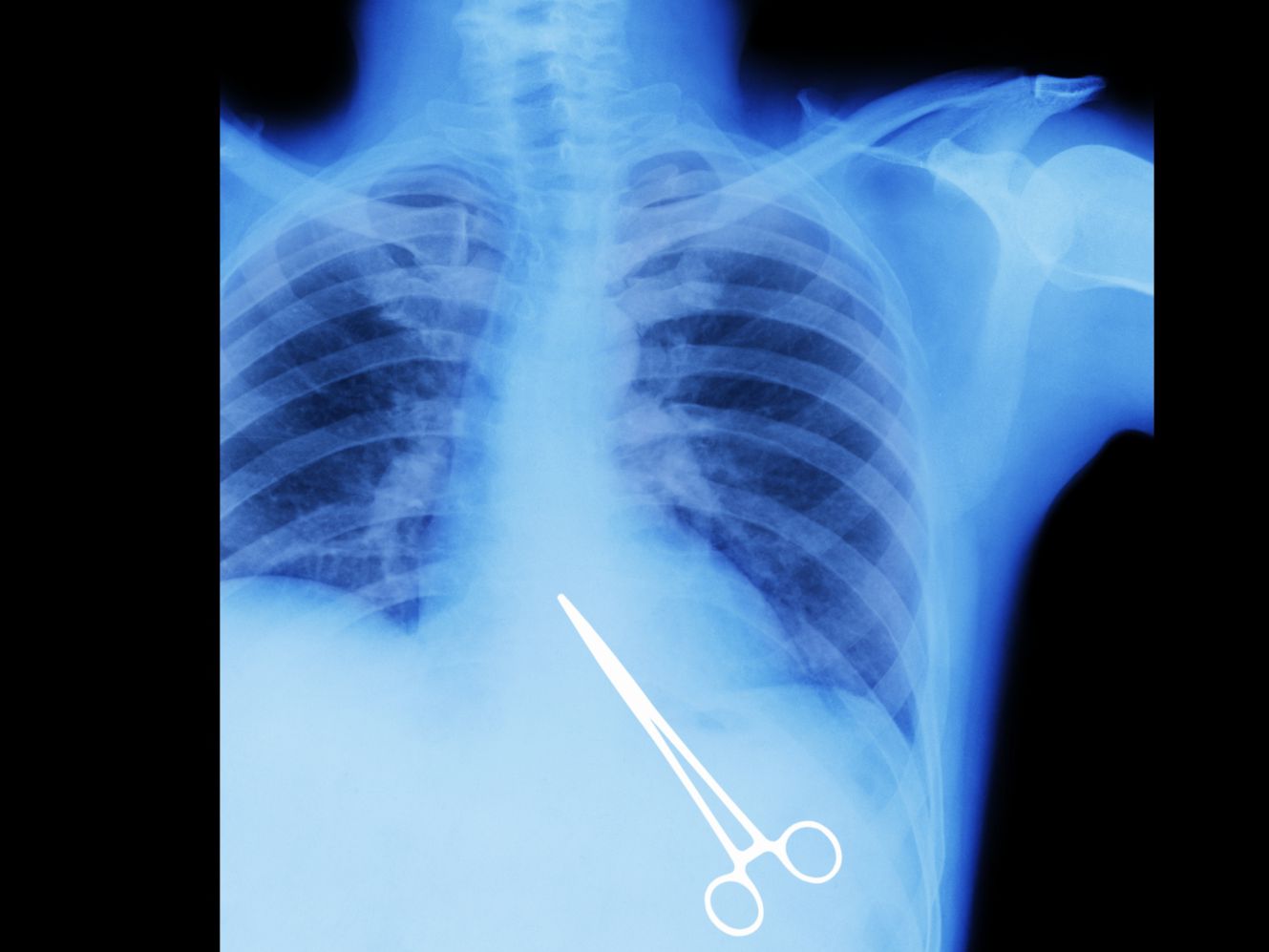Back when dinosaurs ruled the earth and cam bearings were poured babbitt on many engines, a reamer would be used to semi finish the bearings until the cam could be inserted. If it turned too rough or too tight, a hardwood block with a mallet would be used to strike the cam and flatten out the high spots. Would not want to try that with a modern brittle camshaft.
That needs to be fixed.
Dave
That needs to be fixed.
Dave



















